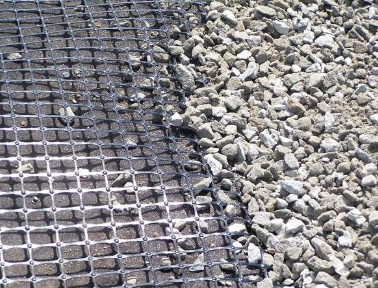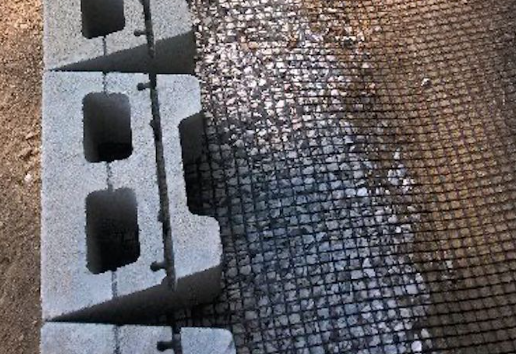- Understanding the Role of Geomembrane Liners in Waste Management
- Innovations in Geomembrane Liners for Water Management
- Geomembrane Liners: A Comprehensive Guide
- The Future of Geomembrane Liners in Civil Engineering
- Geomembrane Liners: Enhancing Landfill Stability
Manager:Alvin Wang
WhatsApp:+62 8983806051
Tel:+86 10-5797-1075
Email:steelwang@okorder.com
Address:3rd Floor, No.2 Building, No.1 Sanlihe Road
How thick is a geogrid?
Construction and civil engineering have now made geogrids requisite in many projects, because they provide reinforcement and stabilization of soil structures. Thickness is the main factor that determines how efficient these elements are in their functions. This article discusses thickness variations among plastic geogrids, wholesale geogrids, fiberglass georgids and glassfiber gridges explaining their specific characteristics and uses.

Understanding Plastic Geogrid Thickness
The adaptable nature of plastic geo-grids makes them available with different thicknesses for various project requirements. For instance, thickness of plastic geogrids ranges between 1 to 4 millimeters depending on its intended use as well as load bearing capacity required.
In road construction, where soil stabilization and reinforcement are paramount, thicker plastic geogrids are often preferred to withstand heavy traffic loads and prevent soil erosion. On the other hand, thinner ones are good for landscaping projects or slope stabilization since flexibility and ease of installation come first.
Exploring Wholesale Geogrid Thickness
Wholesale geogrids serve large-scale construction projects by supplying bulk quantities at competitive prices. The thicknesses of these grids depend on the manufacturer or a particular project. Commonly wholesale geo-grids start from 1 mm up to 6mm.
Thicker wholesale geogrids are commonly used in applications such as retaining walls and embankment reinforcement where high tensile strength and stability are essential. On the other hand, thin ones can be applied in temporary constructions needed like alternating ground level without affecting their ultimate performance on site.
Analyzing Fiberglass Geogrid Thickness
Fiberglass geo-grids boast exceptional tensile strength and durability; therefore they come with varying thicknesses for diverse engineering requirements. Regarding technology used for production purposes this type’s thickness ranges from 2-8mm thick fibreglass Gridensuring different mechanical properties when installed into soils.
Thicker fiberglass geogrids are often used in applications requiring heavy-duty reinforcement, such as airport runways and railway embankments where they provide long-term stability and load distribution. Comparatively softer versions may be seen on pavement overlays and soil stabilization to achieve both strength and flexibility.
Examining glassfiber geogrid Thickness
Glass fiber geo-grids have different thicknesses to address engineering challenges related to their high modulus of elasticity and resistance to environmental factors. Glassfiber geogrids have a thickness ranging from 1.5mm – 5mm with options designed for specific projects.
Thicker glassfiber geogrids are favored in applications such as mining and land reclamation, where they provide robust reinforcement and prevent soil deformation under extreme loads. Alternatively, thin ones can be useful in stabilizing slopes or drainage systems across difficult terrains thus maintaining high performance levels.

Conclusion
In conclusion, the thickness of geogrids plays a critical role in determining their performance and suitability for diverse engineering applications. Each type of plastic geogrids, wholesale geogrids, fiberglass georgids or glassfiber gridges has its own unique variety of thicknesses which are meant for different project requirements that range from soil stabilization to pavement reinforcement.
Understanding the distinct characteristics and applications of geogrids enables engineers and construction professionals to make informed decisions when selecting the most suitable thickness for their projects. Stability on roadways, reinforcing retaining walls or preventing erosion is what makes any gridthicker-great because durability counts during construction."
- Previous:Is geogrid a type of geotextile?
- Next:Is geogrid permeable?
-
2024-06-12Asphalt fiberglass geogrid construction plan
-
2024-06-04Asphalt fiberglass geogrid construction plan
-
2024-05-21What is the disadvantage of geogrid?
-
2024-05-21What is the lifespan of geogrid?
-
2024-05-21What are the 3 main uses of a geotextile?






